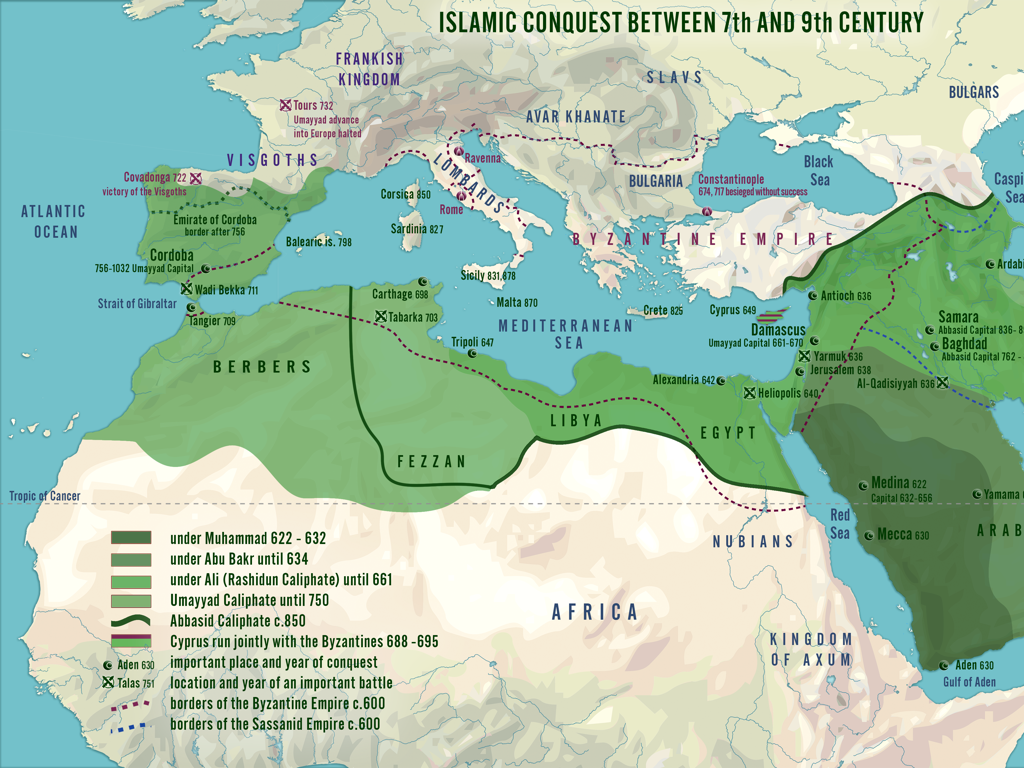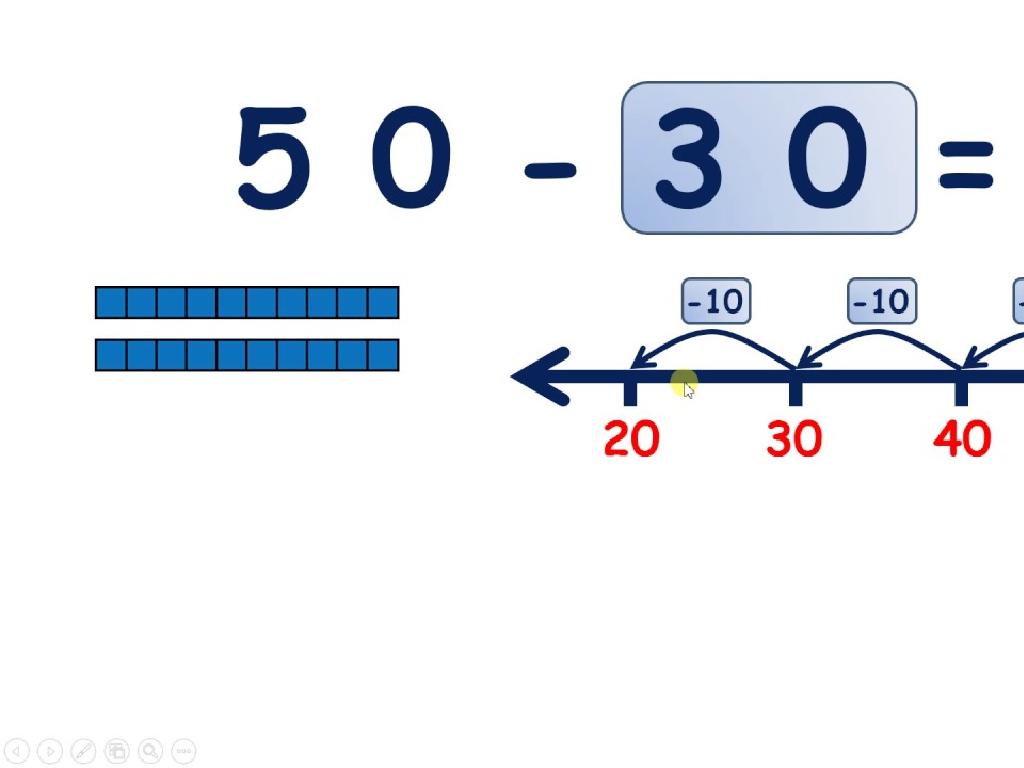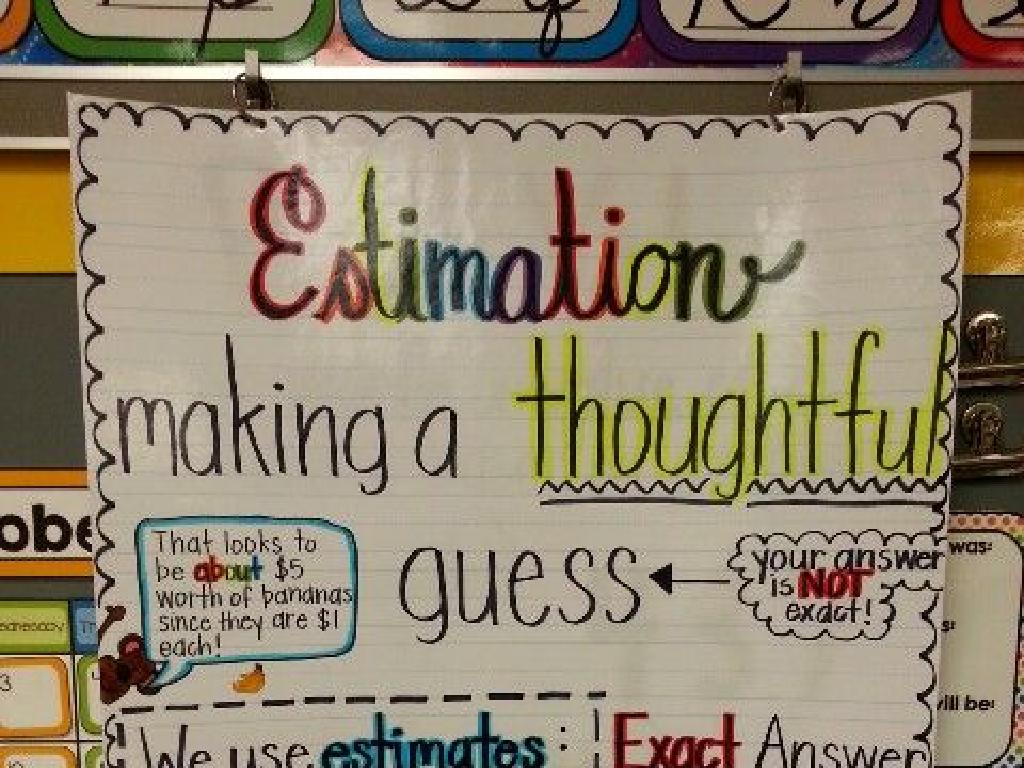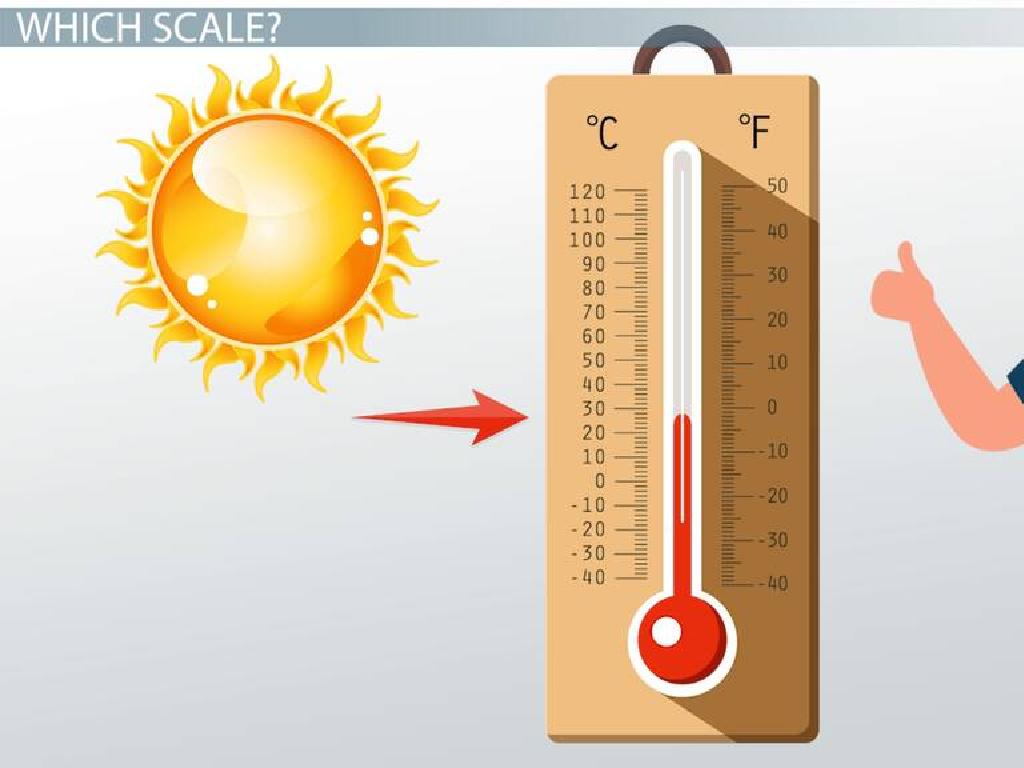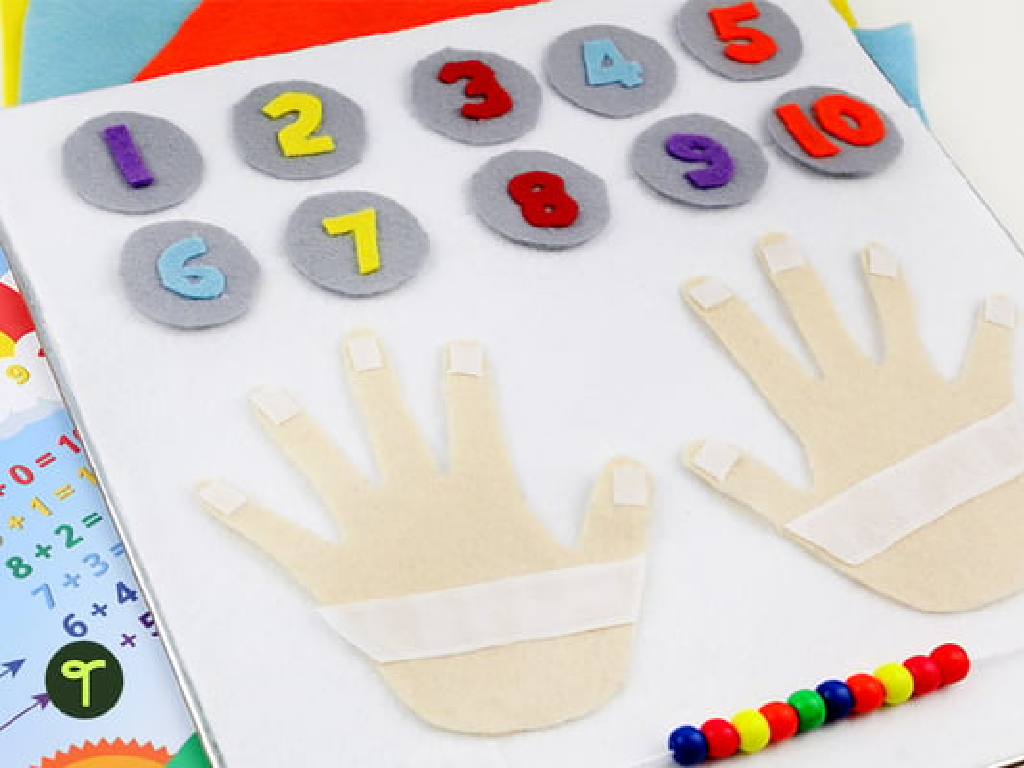Decimal Multiplication: Compare Products Up To Thousandths
Subject: Math
Grade: Fifth grade
Topic: Multiply Decimals
Please LOG IN to download the presentation. Access is available to registered users only.
View More Content
Introduction to Decimal Multiplication
– Understanding decimals and multiplication
– Decimals represent parts of a whole; multiplication combines these parts.
– Review decimal places up to thousandths
– Tenths (0.1), hundredths (0.01), and thousandths (0.001) show decimal value.
– Significance of multiplying decimals
– Multiplying decimals enhances math skills, necessary for advanced concepts.
– Practice problems and real-life applications
– Apply skills to calculate money, measurements, and more in daily life.
|
This slide introduces the concept of decimal multiplication, starting with a basic understanding of what decimals are and how multiplication works. Emphasize the importance of knowing decimal places tenths, hundredths, and thousandths as it’s crucial for precision in calculations. Discuss why learning to multiply decimals is a key skill in math, leading to a better grasp of more complex mathematical concepts and practical applications in everyday life, such as handling money and understanding measurements. Include examples and encourage students to solve problems involving decimal multiplication to reinforce their learning.
Visualizing Decimal Multiplication
– Use grids for decimal multiplication
– Example: Multiply 0.5 by 0.2
– Fill 5 tenths and 2 tenths on grid, overlap to find product
– Visualize to understand the product
– Seeing the overlap shows product size
– Calculate the product step by step
– Multiply tenths by tenths to find thousandths
|
This slide introduces students to the concept of multiplying decimals using visual aids like grids. It’s a hands-on approach to help them understand how multiplying two decimals will result in a smaller number, as they will be working in the thousandths place. Start with the example of multiplying 0.5 by 0.2, showing how to fill out the grid with tenths and then finding the overlapping section to visualize the product. Walk the students through the calculation step by step, ensuring they understand that when we multiply tenths by tenths, we are actually finding the number of thousandths. Encourage students to draw their own grids and practice with different decimal pairs to reinforce the concept.
Step-by-Step Decimal Multiplication
– Multiply as whole numbers
– Ignore the decimal points initially, just multiply the numbers as if they were whole.
– Count decimal places
– Add up the number of decimal places from both the numbers you’re multiplying.
– Place decimal in product
– The total decimal places counted will be the same in your answer’s decimal places.
– Compare decimal products
– Use the correct placement to compare the size of your results accurately.
|
This slide is a guide for students to understand the process of multiplying decimals. Start by having them multiply the numbers as if there were no decimals, which simplifies the initial calculation. Then, teach them to count the total number of decimal places in the original numbers, as this will determine where to place the decimal in their answer. Emphasize the importance of decimal placement for accurately comparing the size of products. Provide examples with different decimal lengths to practice. For instance, multiplying 0.25 (two decimal places) by 0.4 (one decimal place) results in a product with three decimal places: 0.100. Encourage students to check their work by comparing the reasonableness of their answers with the original numbers.
Comparing Decimal Products
– Steps to compare decimal products
– Line up decimals, multiply, and compare sizes
– Example: 0.3 x 0.4 vs. 0.2 x 0.5
– 0.3 x 0.4 = 0.12 and 0.2 x 0.5 = 0.10, so 0.12 is greater
– Grasping place value in products
– Understand thousandths, hundredths, and tenths places
– Practice comparing decimals
– Use examples to compare and determine the larger product
|
This slide introduces students to the concept of comparing the products of decimal multiplication. Start by explaining the steps to compare decimal products, emphasizing the importance of aligning the decimal points and understanding place value. Use the example provided to show how to multiply two sets of decimals and then compare their products. Highlight the significance of place value, particularly when dealing with thousandths, as it affects the size of the product. Encourage students to practice with additional examples, ensuring they feel confident in comparing decimal products up to the thousandths place. Provide a variety of problems for students to solve and compare, reinforcing the concept through repetition and variation.
Decimal Multiplication Practice
– Multiply: 0.25 by 0.6
– Calculate the product and express it up to thousandths.
– Compare: 0.125 x 0.8 and 0.25 x 0.32
– Which product is larger? Use estimation to predict before solving.
– Partner Activity: Solve & Compare
– Work with a partner to solve both problems and see if you agree.
– Discuss: Share your results
|
This slide is designed for a class activity where students will practice multiplying decimals and comparing the results. Start by demonstrating how to multiply two decimals, 0.25 by 0.6, and ensure students understand how to align the decimal points and count the places. Then, present the comparison problem and encourage students to estimate the answer before solving. For the group activity, have students pair up to solve the problems and compare their answers. This encourages collaboration and discussion among students. Finally, have a few pairs share their results and methods with the class to reinforce learning and correct any misunderstandings. Provide additional examples if time allows and ensure each student is engaged and understands the concept.
Class Activity: Decimal Multiplication Bingo
– Receive your unique Bingo card
– Cards have decimal products up to thousandths
– Solve decimal multiplication problems
– Use multiplication skills to calculate products
– Find matching products on your Bingo card
– Match your answers to the Bingo card and aim for a Bingo!
|
This interactive class activity is designed to help students practice decimal multiplication in a fun and engaging way. Each student will receive a Bingo card filled with decimal products up to the thousandths place. The teacher will call out decimal multiplication problems, and students will need to solve them and then find the corresponding product on their Bingo cards. This game encourages quick thinking and reinforces the concept of decimal multiplication. Teachers should prepare a set of problems and ensure that each Bingo card has a fair distribution of possible products. To accommodate different skill levels, consider having a mix of easier and more challenging problems. Possible variations of the game could include ‘Blackout’ where students must cover all spots, or ‘Four Corners’ for a quicker game. Remember to celebrate the winners and provide help to those who need extra guidance.
Conclusion: Mastering Decimal Multiplication
– Recap: Steps to multiply decimals
– Align the numbers, multiply as whole numbers, place the decimal point
– Understand decimal multiplication utility
– Used in money calculations, measurements, and scientific data
– Engage in Q&A to clarify doubts
– Encourage students to ask questions about today’s lesson
– Reinforce learning with examples
|
As we wrap up today’s lesson on decimal multiplication, it’s important to review the key steps: aligning the numbers without regard to the decimals, multiplying as if they were whole numbers, and then placing the decimal point in the product. Emphasize the practical applications of decimal multiplication in everyday life, such as dealing with money, taking measurements, and understanding scientific data. The Q&A session is crucial for addressing any remaining confusions and ensuring that all students are on the same page. Provide additional examples if necessary to reinforce the concept and prepare students for real-world applications of their new skills.
Decimal Multiplication: Homework Practice
– Complete the worksheet problems
– Practice multiplying decimals up to thousandths
– Use the skills learned in class to solve problems like 0.052 x 0.4
– Think up your own decimal problems
– Challenge yourself by creating problems for classmates to solve
– Get ready to discuss your solutions
– Share how you solved the problems and explain your thinking
|
This homework assignment is designed to reinforce the day’s lesson on multiplying decimals up to the thousandths place. The worksheet provides structured practice, while the challenge to create their own problems encourages higher-order thinking and creativity. In the next class, students will have the opportunity to share their answers and explain their problem-solving strategies, promoting peer learning. Encourage students to show all their work and to check their answers by estimating the products. Remind them that understanding the process is more important than just getting the right answer.

